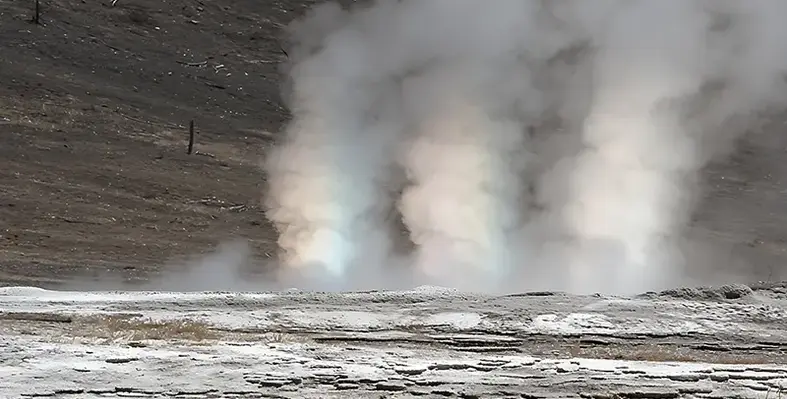 Next-generation geothermal energy may soon be a cost-competitive way to fill the need for clean, firm power in the USA, according to a new report by McKinsey & Company.
Next-generation geothermal energy may soon be a cost-competitive way to fill the need for clean, firm power in the USA, according to a new report by McKinsey & Company.
It estimates that around US$900mn in private capital has been channeled toward next-generation geothermal technologies and projects in the past five years.
However, anticipated cost decreases — coupled with the urgent and growing need for additional power supply — may draw even more attention to the sector in the coming years.
“Our analysis suggests that more than 780 megawatts of letters of intent and power purchase agreements (PPAs) have been signed over the past two years, and approximately one gigawatt of next-generation geothermal projects is in various stages of development,” McKinsey notes in the report.
The document also singles out two next-generation approaches closest to market: Enhanced geothermal systems (EGSs) and Advanced closed-loop systems (ACLs).
EGSs use hydraulic fracturing to create subsurface fractures through hot rock three to five km below the surface.
Water injected into a well absorbs heat while traveling through the fractures and exits through another well to the surface where the heat is converted to electricity.
ACLs create a radiator-like, closed-loop system of horizontal wells filled with fluid.
These loops are deeper in the ground — four to eight km — potentially increasing the cost relative to EGSs.However, having a closed loop reduces overall water demand, which could boost feasibility in arid regions.
Most importantly, McKinsey notes, industry costs could drop significantly in the next decade.
“Improvements in technology derived from unconventional oil and gas drilling have combined with growing energy demand to push next-generation geothermal from a niche option to a cost-competitive choice in some areas, with strong potential to become cheaper over the next decade,” the report states.
It estimates that levelised production costs for a first-of-a-kind, commercial-scale (more than 50 megawatts) next-generation geothermal facility in the US could range from US$75 to US$120 per megawatt-hour.
Exploration, drilling, and power plant capital expenditures make up more than 70% of costs.
But by 2035, costs of next-generation geothermal technology in the US could fall to about US$45 to US$65 per megawatt-hour, according to the report.
“Although other clean-energy sources will also experience cost decreases over the same period, we expect next-generation geothermal to outcompete other sources of clean, firm power,” McKinsey notes.
